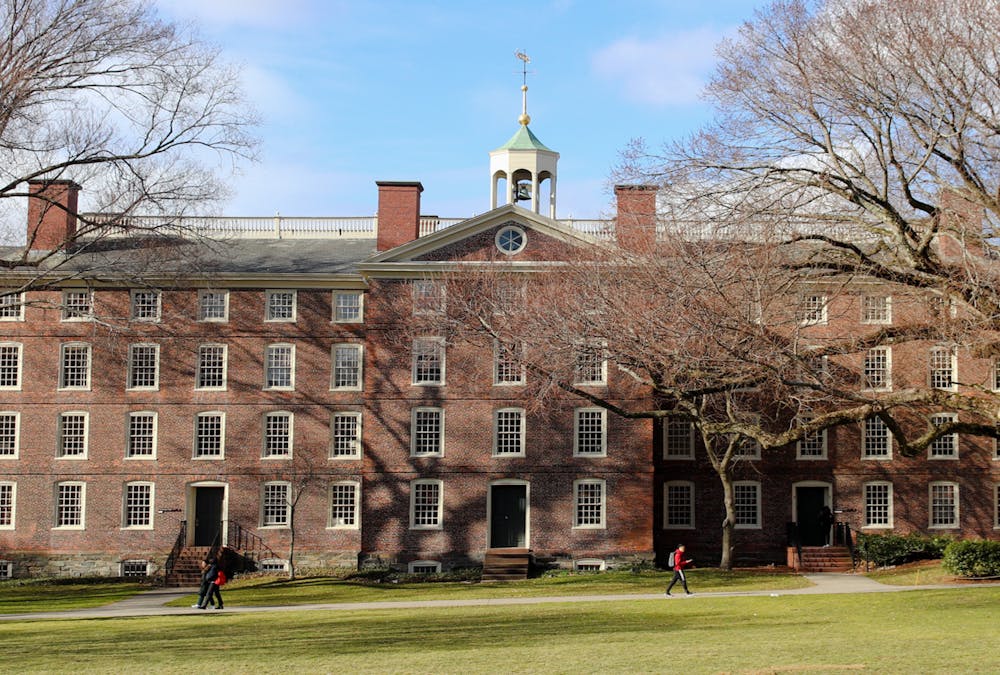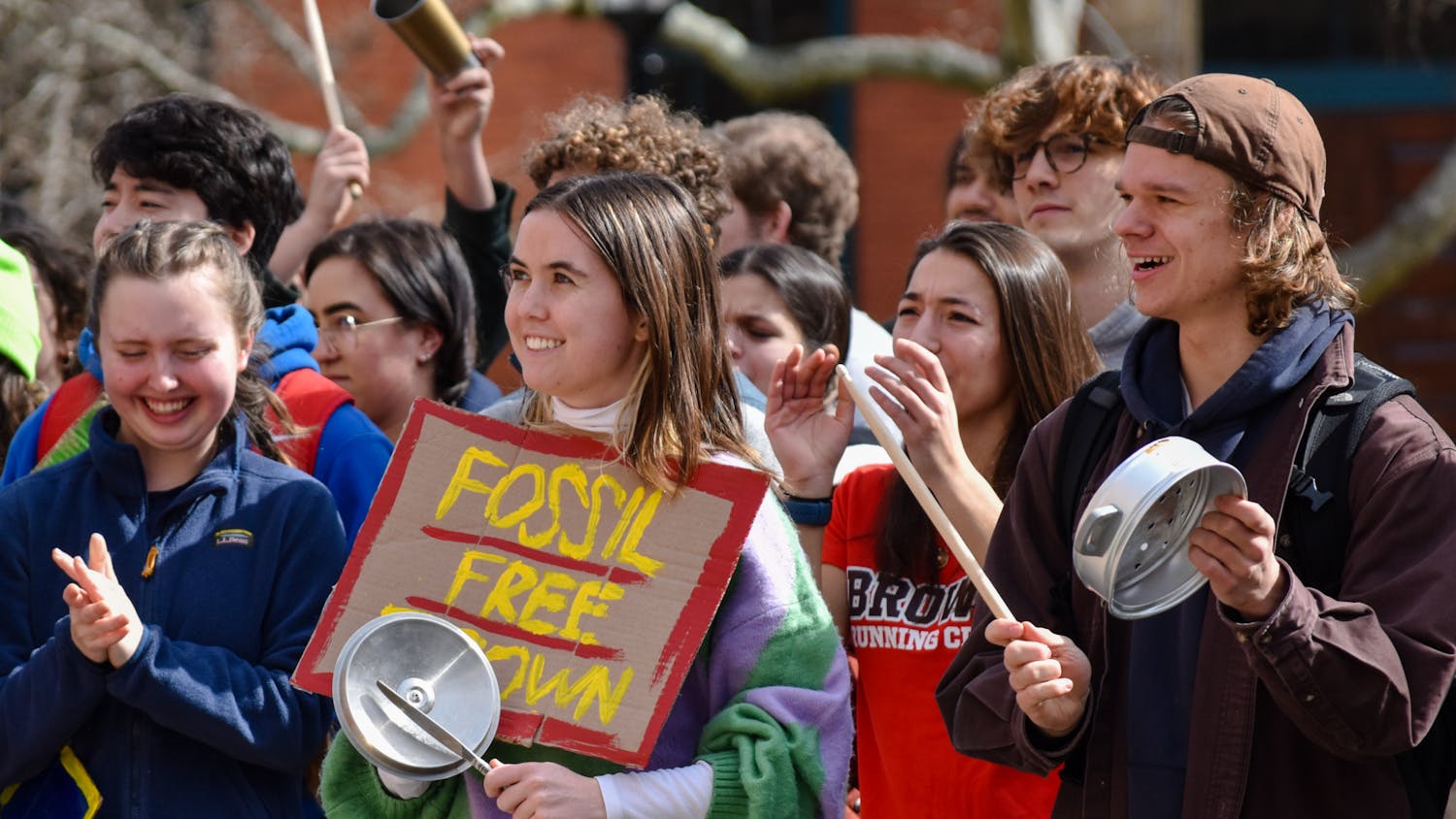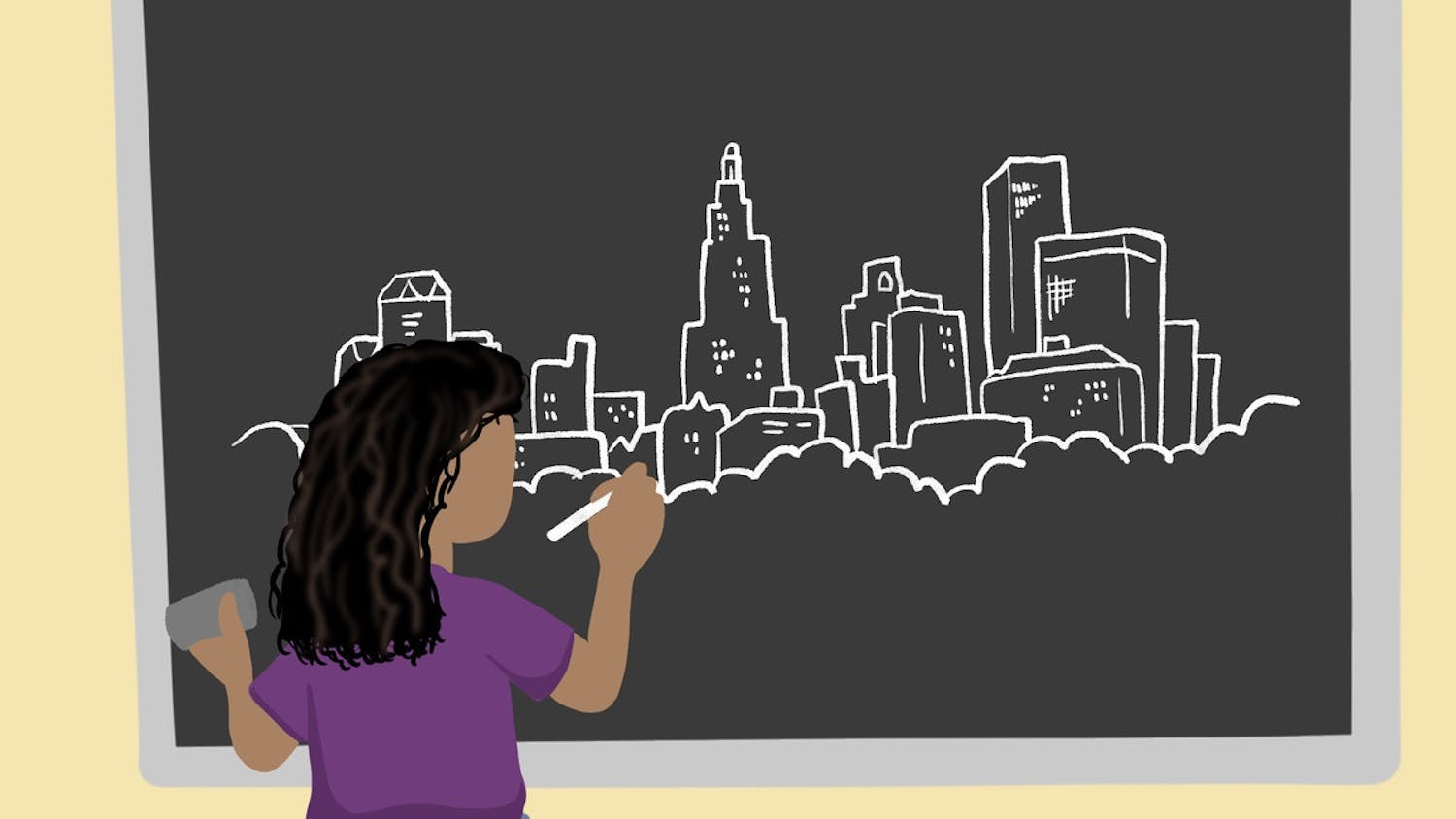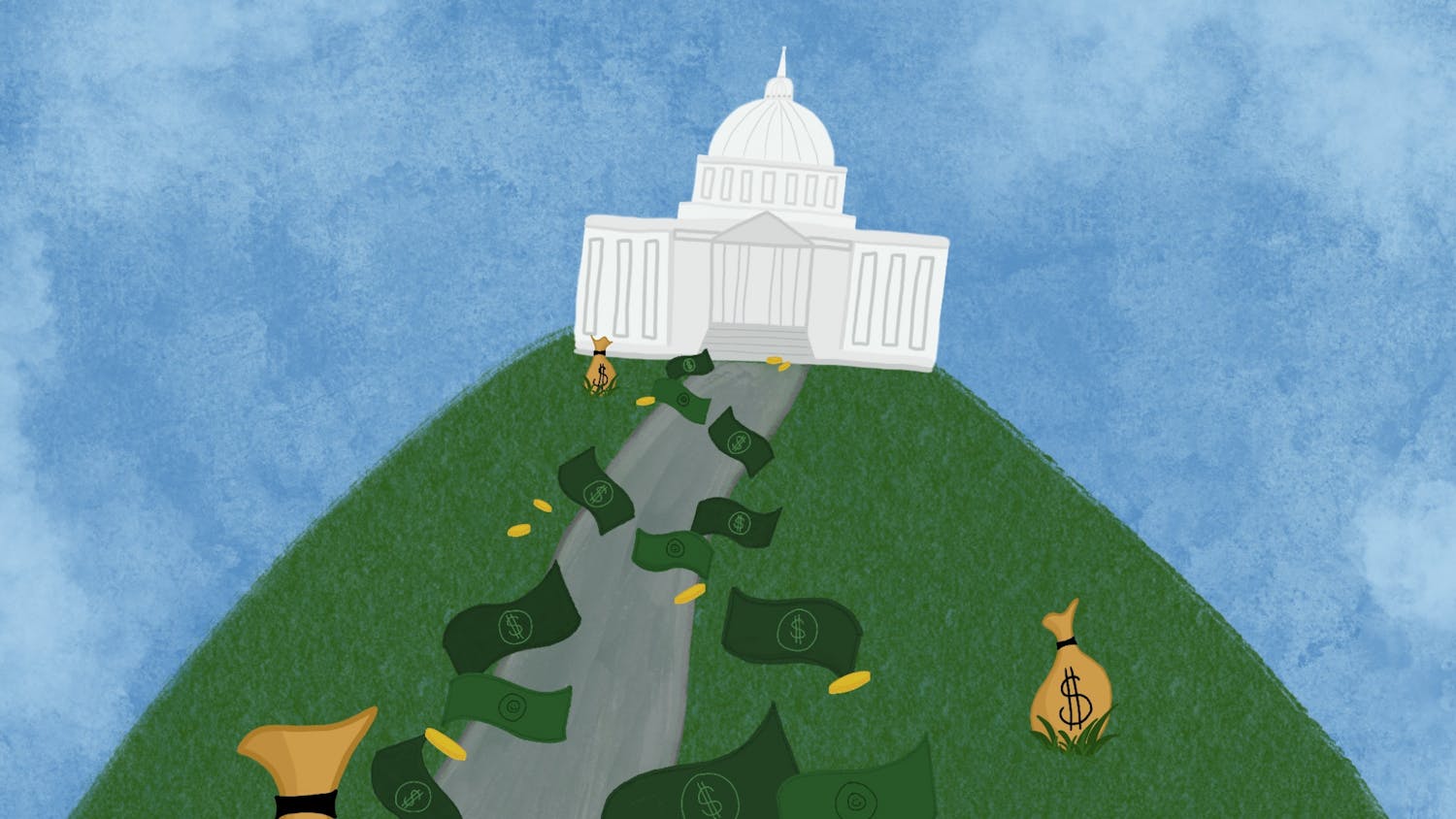As a nonprofit institution, the University does not pay on its institutional properties — a condition that dates back to the University’s .
Commercial properties owned by the University, though, such as the Brown Bookstore, — as are properties in which Brown is a tenant — including the Nelson Center for Entrepreneurship and South Street Landing.
According to a Jan. 2022 from the Providence Finance Department and the Office of then-Mayor Jorge Elorza, the University would pay close to $50 million annually if it paid full taxes on all of its properties, which are valued at over $1.3 billion. If all nonprofit land parcels were taxed at the commercial rate, Providence would see an annual yield of over $130 million, the report continued.
Laws and agreements in place supply Providence with part of the University’s estimated full tax revenue to the city. One is state-funded: payments in lieu of taxes funding, also known as PILOT, which does not involve payments from the University. The University also has two agreements with Providence for voluntary payments: a 2003 that also includes Rhode Island School of Design, Providence College and Johnson and Wales University, and a 2012 .��
The latter two agreements expire this year, with renegotiations underway.
In collaboration with RISD, Providence College and Johnson and Wales, Brown “began detailed conversations this month with Mayor Smiley and his staff on our voluntary payments to the city,” University Spokesperson Brian Clark wrote in an email to The Herald. “We support the idea that Brown should support the city, and we’re proud of the significant number of ways in which we do,” he added.��
“There are many models across the nation for agreements between cities and universities — we believe the city of Providence and Brown could benefit from an agreement in which our interests are more aligned and where we bring not only our financial resources, but our intellectual resources as well,” Clark wrote. “We look forward to continued conversations with the mayor’s team in the weeks ahead.”
What is the PILOT program? How Rhode Island pays Providence for lost tax revenue
Under Rhode Island law, the state , 27% of the property tax value of land held by tax-exempt nonprofit institutions, including the University. These payments “partially compensate for property owned by institutions of higher education and hospitals,” Clark wrote.��
The phrase “payments in lieu of taxes” does not appear in state law. Instead, Rhode Island’s general law refers to them as “general assembly appropriations in lieu of property tax from certain exempt private and state properties.”
According to the 2022 report, current state PILOT payments generate roughly $33 to $34 million annually for Providence. In 2021, the state reimbursed Providence $13 million for the University’s properties, 27% of the University’s estimated property taxes, Clark previously told The Herald.��
In 2019, former Gov. Gina Raimondo called to reduce the state’s funding for PILOT payments, though the cuts never came to fruition.
This program is separate from payments that Brown makes directly to the city.
What voluntary payments does Brown make to Providence?
The 2003 MOU and 2012 MOA are separate from state law and were negotiated between institutions of higher education and the city. The 2003 agreement involved Brown, Rhode Island School of Design, Providence College and Johnson and Wales University, while the 2012 agreement only applied to Brown.��
From 2003 to 2023, the 2003 MOU requires Brown to make a payment that increases every year — starting at $1,065,161 in 2004 and concluding at $1,413,416 in 2023.
For properties acquired by the universities which become tax-exempt, the 2003 MOU also includes a schedule of transitional payments equal to real estate taxes from the year the property was acquired. This 15-year schedule generates a percentage of the initial transition payment for the city that decreases in five-year increments before dropping to zero in the 16th year, which Clark described as a “tax phaseout."
In the 2012 MOA, the University agreed to pay Providence $3,900,000 annually from 2012 to 2016, and $2,000,000 annually from 2017 to 2022. That agreement included “conditions to payment” requiring the city to give the University the title to the block of Olive St. “between Thayer and Brown streets, two blocks of Brown St. between George and Charlesfield streets and one block of Benevolent Street between Brown and Magee streets.” It also required the city to give 250 parking spaces on public streets to the University for “faculty and staff parking” over a 20-year term.
The University made its final payment stipulated in the 2012 MOA in June 2022 — and it will make the final payment of the 2003 MOU by June 30 this year. This fiscal year, Brown is set to pay $4.5 million to the city, the Boston Globe .
In fiscal year 2022, the University paid Providence $3,392,529 in voluntary payments through the two agreements — $1,392,529 under the 2003 agreement and $2,000,000 under the 2012 agreement — along with $749,891 in transitional payments and $2,402,638 in commercial taxes, wrote Clark. The city also received $13,004,569 through the state PILOT program for the valuation of the University’s properties, bringing the total revenue the University created for Providence to $19,549,627.
From 2003 to 2023, the University has paid $24,630,428 in payments from the 2003 agreement, $31,500,000 in payments from the 2012 agreement, $15,033,722 in transitional payments and $30,610,212 in tax payments, Clark wrote. During this period, the state paid $166,659,859 to the city for Brown’s properties, for a total of $268,434,221.
With the expiration of both agreements, negotiations have begun between the University and Mayor Brett Smiley’s administration.
Executive Vice President for Planning and Policy Russell Carey ’91 previously The Herald that the University is “extraordinarily aware and sensitive” of the importance of property tax revenue for Providence and is “very committed to the financial sustainability and success of the city of Providence.”
As a result of the University’s growth and Providence’s current “challenging financial position,” city and state officials are calling on the University to contribute more to the city, the Boston Globe .��
Clarification: The graphs in this story have been updates so their titles more accurately reflect the sources of payments to Providence.

Rhea Rasquinha is a Metro Section Editor covering Development and Infrastructure and also serves as Co-Chief of Illustrations. She previously covered the College Hill, Fox Point & the Jewelry District and Brown & Beyond beats. Rhea is a junior from New York studying Biomedical Engineering and loves dark chocolate and penguins.




